Over the last 10 years, mobile completely transformed our lives. Before 2018 starts I wanted to take a quick look at some of the mobile predictions that were made a decade ago and see what changed.
Take a few minutes and close your eyes. Try to remember what your life looked like in 2008. It may take you a little while because it was 10 years ago! That’s basically prehistoric times. The year 2008 was actually a pretty significant year in terms of world events. The stock market crashed, Barack Obama was elected president, and Apple launched the App Store (Yes I think the launch of the App Store deserves to be in the top three world events). I was in the midst of my military service somewhere in the desert with a Sony Ericsson W910i in my pocket.
This was my phone.
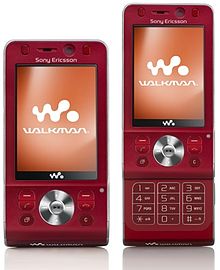 And I loved it.
And I loved it.
It wasn’t anything fancy like my Samsung Galaxy S7, but it let me take reasonable pictures, I could listen to Highway to Hell on lonely desert nights, and that was enough. Now, 10 years later, there is an app for EVERYTHING, shopping, reading, exercising, dating, even for napping (seriously, I looked it up). There is literally an app out there that claims to help you take a power nap because we humans don’t know when we’re tired on our own and need an app to help us rest. Who could have predicted that???
Join me for a walk down memory lane as I explore old predictions from leading publications.
Android, once out in the wild, has potential to totally change the barrier to entry for mobile applications. Before, building mobile apps often required different versions for each handset and carrier. While tons of Web companies were quick to jump on the iPhone bandwagon and optimize their apps for the hot-selling Apple device, developing apps for the “long tail” of devices has always been an arduous task, and still is for the most part. Android has the potential to change this, and, with all of the carriers except for AT&T participating, there is a good chance Google’s mobile operating system will.”
It’s safe to say that Android fulfilled its potential. With 3,508,888 apps in Google Play, the barrier is no more. Though Android app development is 30% more expensive than iOS, the development process is easier due to a deeper access to their OS and higher levels of customization. Once developed, the app can be published quickly and easily to Google Play as opposed to Apple’s App Store, which is often strict and time-consuming.
Android has come a long way since 2008. According to a report by Gartner, In the smartphone operating system (OS) market, Google’s Android extended its lead by maintaining 82 percent of the total market in the fourth quarter of 2016. Android grew its market share by 3.2 percentage points to reach an 84.8 percent share and was the only OS to grow its market share year on year. With the intense Android/iOS duopoly, we can expect more exciting things to come in 2018.
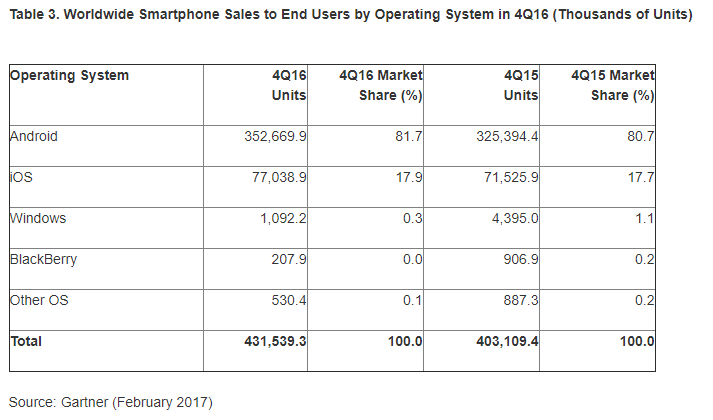
I think stand-alone mobile applications will continue to have a tough time finding real (aka – active) users, but piggybacking on Facebook (and presumably MySpace if they launch a mobile OS) could create some big winners, especially in areas like geo-presence. “
Let’s just take a minute to address the elephant in this prediction. Myspace.
Unfortunately, it never got to launch its mobile app. But with Facebook, Twitter, Instagram, Spotify, Snapchat etc, we would be lying if we said we really cared.
Over the last 10 years, we have seen standalone apps make it big, proving that Facebook is not the only app that can generate popular interest (Temple Run, Viber, Shazam, Fruit Ninja, eBay, Dropbox, Skype, Youtube, Candy Crush and soooo many more). Let’s own the fact that we were all addicted to Candy Crush at some point over the last few years and we can put it past us and move on.
Facebook recently added the ability to group your friends into different categories, and while many other sites have had this feature for years, none of them were in quite the same position as Facebook with tens of millions of active users. What this means is that coming soon, you will be able to allow different groups different levels of access to specific parts of your profile, which means the service can safely be used with your closest friends, most distant colleagues, or your overbearing parents.”
I just couldn’t ignore this sentence, “none of them were in quite the same position as Facebook with tens of millions of active users.” Today, Facebook has over 2.07 BILLION monthly active users. OVER 2 BILLION!
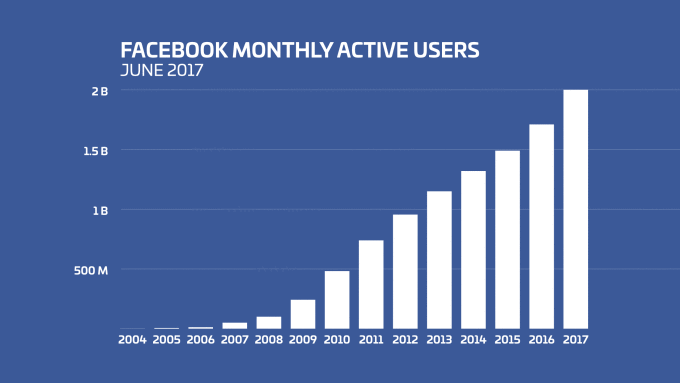
Social networking and blogging gives everyone I know (that cares) the ability to keep up with me, and with a high-level of privacy controls, I will be able to keep everyone in the loop without compromising my privacy or offending anyone (since I won’t have to “deny” anyone access to my network).”
At this point, thanks to Facebook anyone can keep up with anyone pretty much anywhere in the world. Facebook plays a huge role in globalization in both positive and negative ways. About the whole privacy thing, I’m not sure anything today is actually private. Unless you live under a rock or don’t have a Facebook/Twitter/Gmail/Internet. And in regards to offending people, well, that’s a whole different story as Facebook pretty much enables people to say whatever comes to mind whenever they want. Still, it remains a powerful tool for self-expression and has created positive changes in terms of awareness and solidarity in many global and social issues.
Like Classmates.com, which recently withdrew its plans to go public, LinkedIn is currently stuck in a business model that charges for what is free elsewhere. Charging for sending messages and requesting introductions is not going to be sustainable in the long-term when competitors are making everything free and ad-supported. Further, with Facebook’s aforementioned privacy options, pretty soon the once college-only social networking will be a safe place to engage with your professional network.”
Yeah, no. Over the years LinkedIn has done a pretty great job in terms of branding to totally differentiate itself from Facebook and become the go-to professional social network. It currently has half a billion members in 200 countries. Since it was acquired by Microsoft (June 2016) Linkedin brought in nearly $1 billion in revenue. In terms of mobile, in the second quarter of 2016, LinkedIn had an average of 63 million visits from mobile. I think most professionals will continue to choose LinkedIn as their professional network in 2018.
There are already large volumes of 3G phones with good browsers and screens measuring two inches or larger. We expect there will be 50 million such phones in use by the end of 2008. Combine that with the unprecedented effect the iPod touch and iPhone have had on content companies, inspiring them to make mobile-optimized sites. It’s now possible to build really interesting mobile browser-based services. We believe there will be a spike in usage of the mobile Net in 2008.”
Internet and mobile usage have more than spiked. Approximately 3.4 billion people all over the world have internet access. The rise in internet usage can, of course, be attributed to mobile devices with broadband connectivity. Since 2007, mobile broadband penetration has increased 12 times over, and about 70% of people could have 3G access in their area.
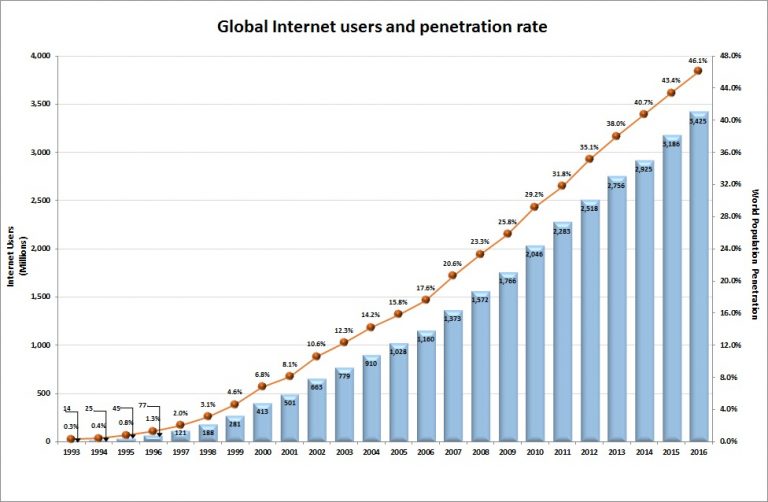
By this point, we all know that mobile usage surpassed desktop.
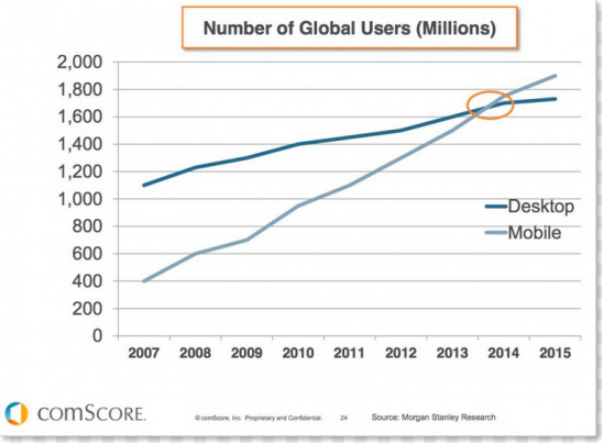
There are also lots of startups that have realized that building and distributing an application is too hard, and they’re switching to browser-based solutions.”
This may have been true to 2008 when app development was in its early stage, but today, the building part is not as difficult. Still, every year brings new challenges. Distribution is still a challenge for many startups. The bigger issue today is not so much app development but the oversaturated app market. With so much competition, startups will need to excel at everything for a chance to be relevant.
Integrating a camera into mobile phones has proved an extremely successful idea. Now GPS is poised to be the next killer mobile app. Chip prices are rapidly dropping, and providers are dreaming big of monetizing location-based services. Maps are being fused with navigation. We expect more than half of phones will have GPS chips five years from now.”
Location-based services have changed our lives. We can do so many more things now and the best one is, not getting lost! Location-based apps help us avoid traffic or find our way back home in the dark even though we’re just a block away (true story). Today you can share your location with friends, find a close date nearby, track your fitness routes, or recommend a restaurant to friends in real-time. Check out this list of location-based apps that are making a difference.
Related content: Mobile Execs Reveal Their Predictions for 2018
The mobile business is all about the low end, where volume is huge and still growing. The low end will be the primary battlefield in 2008. Nokia dominates this market, but Samsung is saying it wants to sell a $50 phone, and Sony Ericsson has also announced low-end devices. To succeed, you have to do everything differently, understand these consumers and their different needs. It’s absolutely brutal down there.The big lesson last year was the Moto, a Motorola market-entry phone that came across as a poor man’s phone. It had a low-power display to prolong battery life and looked so different it was off-putting to consumers. It’s important to remember that mobile devices are aspirational products. Consumers are generally smart. If they have 30 euros to invest, they will try to get the best their money can buy. Even in the low end, you have to do high design.”
China’s Xiaomi and Huawei do a great job at manufacturing both high-end and low-cost alternatives to Samsung and Apple. Huawei increased its revenue by 30% as a result of the low-end devices it sells in developing markets. Of course, Samsung and Apple are trying to put their hands in developing markets such as India and Latin America.
The mobile device industry’s migration to smartphones will produce great disruption for big industry players. Roger McNamee, co-founder of Elevation Partners together with U2 lead singer Bono, and early private equity investor in technology said the disruption will exceed what the PC industry experienced as it moved from character mode to graphical interfaces. Shifts in the competitive balance will hurt Motorola, Microsoft and probably LG Electronics, Samsung and Sony Ericsson. Apple, Nokia, Palm and RIM will do better.”
Looks like Samsung and Apple, and LG survived 🙂
The mobile phone is your most important device. Mobile phone applications will extend beyond e-mailing to include a virtual credit card, your ID, access to location systems and personal information filing systems. If you lose your phone, your data on it will all be backed up on a network so that you can load it all on to a new phone. Ten years ago people thought it would be ridiculous to have a camera in your cell phone, in two years you will have two cameras per phone – one for taking photos of yourself, and one for taking photos of others.”
Well, no argument here. Our mobile phone is our most prized possession. If we lose it, it ruins our day; if we drop it in the toilet, we will give it mouth-to-mouth, or use any other weird method we can to resuscitate it.
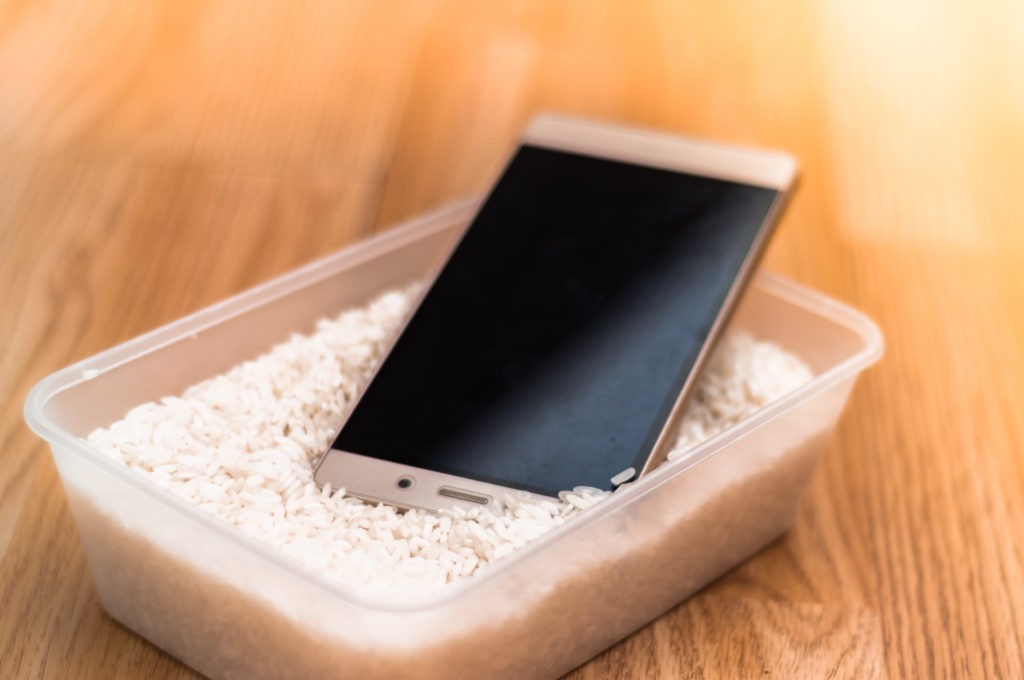
Thanks to advancements in technology, we don’t need more than one camera to take pictures of our friends plus a million duck-faced selfies.
Within five years everything that matters to you will be available on a device that fits on your belt or in your purse. This will cause a massive shift in Internet traffic from PCs to smaller devices.”
Okay, so not everything that matters is available on my belt or in my purse, but I get where he was going with this, and he was pretty much spot on. Today all of our daily actions are done through our smartphones. Technology got much better, and we got a little spoiled. At the same time, our smartphones allow us to do things faster and more efficiently. Our phones are not just objects that allow us to call Mom and ask her what we’re having for dinner, they help us run almost every aspect of our lives.
Trying to sum up 10 years of change is difficult. Looking back at some of the mobile industry’s changes made me feel optimistic (and old). The industry keeps growing and evolving from year to year. Now close your eyes and try to imagine the next decade. What do you think the future has in store for mobile? How much time do you think we will spend on apps? Will mobile destroy human communication? Will we turn into app nap-taking robots? Or will we find balance and become smarter, closer, and more connected than ever? Time will tell.
Check out 2018 predictions made by mobile Execs or send us your own prediction to marketing@appnext.com


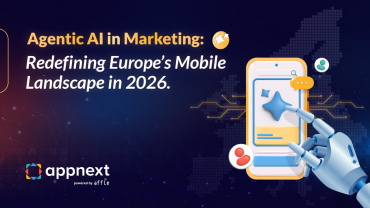

Comments are closed.